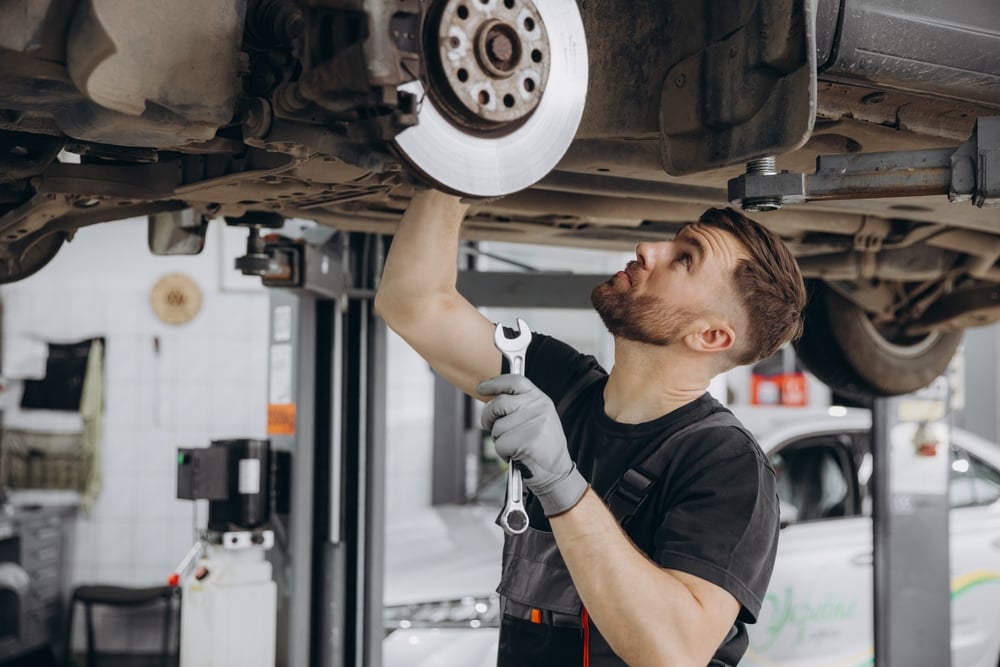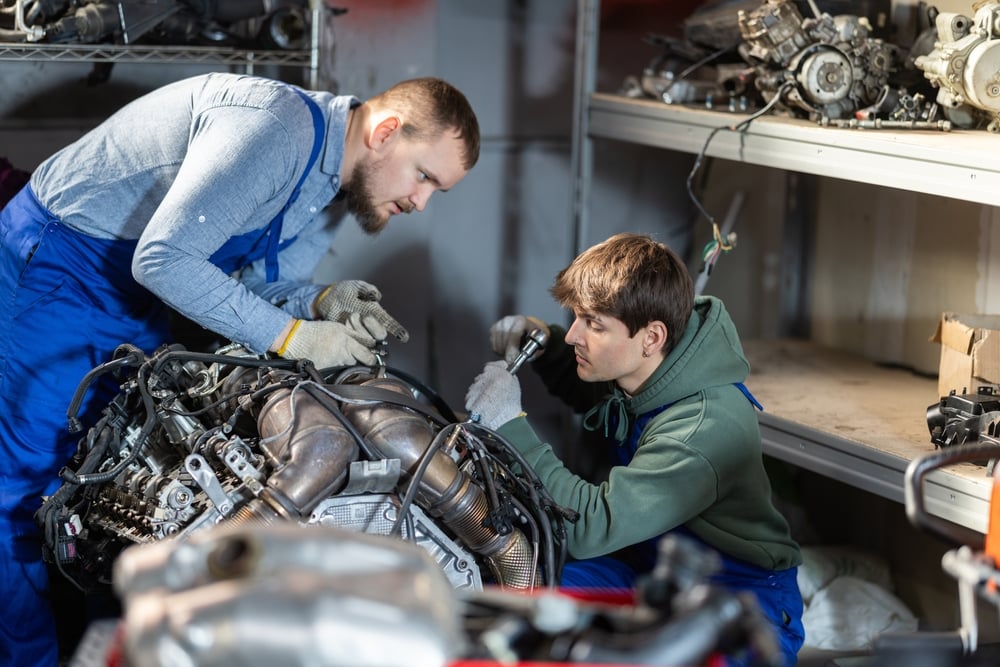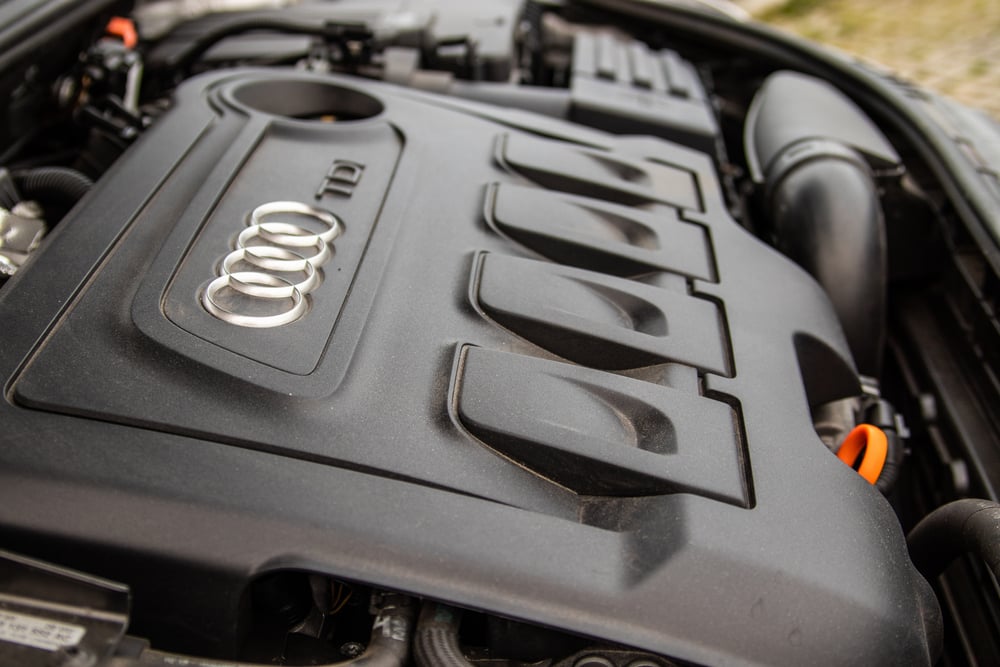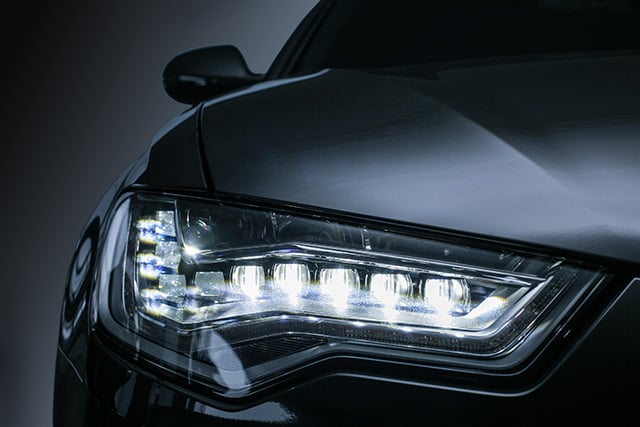
Introduction
Brake maintenance is an essential aspect of vehicle ownership, especially for luxury vehicles like BMWs, Audis, and Mercedes. These cars not only offer high performance but also come with advanced braking systems that require regular attention. Understanding the intricacies of brake wear, the recommended intervals for replacements, and the processes involved can significantly enhance your driving experience and safety.
This article delves into how often you should consider replacing your brakes on these luxury vehicles, the factors that influence brake wear, and the potential risks associated with neglecting brake maintenance. Whether you are a seasoned luxury car owner or new to the experience, this guide will provide you with valuable insights.
Importance of Brake Maintenance
Brakes are a critical safety feature of any vehicle. They enable the driver to stop quickly and effectively, ensuring safe maneuvering in various conditions. For luxury vehicles, the braking systems are often more advanced, providing enhanced performance but also requiring more sophisticated maintenance. Regular brake checks and timely replacements are crucial to ensure these systems function optimally.
Inadequate brake maintenance can lead to decreased performance, longer stopping distances, and even total brake failure—all of which pose serious risks to both the driver and others on the road. By proactively maintaining your brakes, you not only extend the life of your vehicle but also ensure the safety and well-being of everyone on the road.
Understanding Brake Wear
Factors Influencing Brake Wear
Several factors can contribute to the wear and tear of brake components. One primary factor is driving style; aggressive driving with frequent hard braking can accelerate brake wear. Additionally, the type of terrain impacts brake longevity—hilly terrains can cause more wear compared to flat surfaces. Weather conditions also play a role; in regions with heavy rain or snow, brakes may wear out more quickly due to increased friction and corrosion.
The quality of brake components themselves can influence wear rates. Utilizing original equipment manufacturer (OEM) parts can often enhance performance and durability, while lower-quality aftermarket parts may wear out sooner. Regular vehicle weight and load are also critical; carrying heavy loads can put additional stress on the braking system, leading to quicker wear.
Signs Indicating It’s Time to Replace Your Brakes
Recognizing the signs of brake wear is vital for timely maintenance. Common indicators include squeaking or grinding noises when applying brakes, which often suggest that the brake pads are worn down. A pulsating brake pedal may indicate warped rotors, while a longer stopping distance can point to reduced brake efficiency. Furthermore, if the brake warning light illuminates on your dashboard, it’s essential to have your brakes inspected immediately.
Additionally, a visual inspection can reveal signs of wear, such as thinning brake pads or corrosion on the rotors. It’s crucial to address these issues promptly, as ignoring them can lead to more severe, costly problems down the line.
Recommended Brake Replacement Intervals
General Guidelines for BMW, Audi, and Mercedes
The recommended intervals for brake replacement can vary among different models and years of BMW, Audi, and Mercedes vehicles. Generally, it’s advisable to replace brake pads every 30,000 to 70,000 miles, depending on the driving conditions and habits. Rotors may last longer, often between 50,000 to 100,000 miles, but should be checked regularly for wear.
Consult your vehicle’s owner manual for specific guidelines related to your model, as manufacturers often provide detailed recommendations. Regular inspections, ideally every 5,000 to 10,000 miles, can help you stay ahead of brake maintenance needs.
Driving Habits and Their Impact on Brake Longevity
Your driving habits significantly influence how quickly your brakes wear out. Frequent hard braking, such as in stop-and-go traffic, can lead to faster deterioration of brake pads. In contrast, smooth and gradual braking can extend the lifespan of your braking components. Moreover, maintaining a safe distance from the vehicle in front can reduce the need for sudden stops, further preserving your brakes.
Adopting defensive driving techniques, such as anticipating traffic patterns and road conditions, can also make a notable difference. By being proactive and mindful of your driving style, you can extend the longevity of your braking system and reduce the frequency of necessary replacements.
How to Assess the Condition of Your Brakes
Visual Inspection Techniques
A visual inspection of your brakes can provide valuable insights into their condition. Start by looking through the wheel spokes to check the thickness of the brake pads. If the pads appear thin—less than a quarter inch—it’s time for a replacement. Additionally, examine the rotors for any signs of scoring or grooves, which can indicate wear. If you notice any uneven wear patterns, that may suggest an issue with brake alignment or the calipers.
Checking for rust or corrosion on the rotors is also essential. Surface rust can be common, especially in vehicles that are frequently exposed to moisture. However, deep rust can compromise the integrity of the rotor and necessitate replacement.
Understanding Brake Pad Thickness
The thickness of the brake pads is a critical factor in assessing their condition. Standard brake pads should be at least 1/4 inch thick; anything less can compromise braking performance and safety. A common practice is to measure the thickness using a caliper or visual gauge. Some vehicles come with wear indicators that provide audible signals when pads are worn down, but relying solely on these can be risky.
Regularly monitoring brake pad thickness can help you avoid unexpected replacements and ensure safe driving conditions. If you’re ever in doubt about the condition of your brakes, it’s wise to consult a professional mechanic for a thorough assessment.
What Happens If You Delay Brake Replacement?
Risks of Neglecting Brake Maintenance
Delaying brake replacement can have severe implications. Worn brake pads can lead to increased stopping distances, which can be dangerous in emergency situations. If the pads wear down entirely, the metal backing can grind against the rotors, causing significant damage and requiring rotor replacement—an expensive repair compared to simply replacing pads.
Moreover, neglecting brake maintenance can lead to issues with other components, such as the calipers and brake lines. For instance, compromised braking performance can put excessive strain on the calipers, resulting in leaks or complete failure, which further complicates and increases repair costs.
Potential Costs of Ignoring Brake Issues
The financial repercussions of ignoring brake maintenance can be substantial. Initial costs for simple brake pad replacements can range from $100 to $300, depending on the vehicle and parts used. However, if you allow the brakes to deteriorate to the point of rotor damage, the costs can skyrocket, potentially reaching $500 or more for complete rotor replacement.
Additionally, the expenses associated with accidents due to brake failure—ranging from repair bills to insurance claims—can far exceed the costs of regular brake maintenance. Investing in preventive care can save you significant amounts of money and ensure your safety on the road.
Choosing the Right Brake Parts for Your Luxury Vehicle
OEM vs. Aftermarket Brake Components
When it comes to replacing brake components, one crucial decision is whether to choose original equipment manufacturer (OEM) parts or aftermarket alternatives. OEM parts are designed specifically for your vehicle model and ensure a perfect fit and optimal performance. They often come with warranties, ensuring peace of mind regarding quality and durability.
Aftermarket parts, while generally cheaper, may not always meet the same standards as OEM components. The quality can vary widely among different manufacturers, and some may not provide the necessary performance for high-end vehicles. If you opt for aftermarket parts, it’s vital to do thorough research to ascertain the quality and compatibility with your luxury vehicle.
Benefits of High-Quality Brake Parts
Investing in high-quality brake parts can yield significant benefits, including enhanced performance, safety, and longevity. High-quality brake pads typically produce less dust and noise, improving overall driving comfort. Additionally, they offer better heat dissipation, reducing the risk of brake fade during prolonged use.
Moreover, quality components can contribute to a more responsive braking experience, translating to better handling and control of your luxury vehicle. Choosing reputable brands and parts can positively impact your driving experience and ultimately save you from frequent maintenance needs.
The Brake Replacement Process
Step-by-Step Guide to Replacing Your Brakes
Replacing your brakes can be a challenging task if you are unfamiliar with the process, but it is entirely manageable with the right tools and guidance. Here’s a step-by-step guide:
- Gather Tools and Materials: Ensure you have all the necessary tools, including a jack, jack stands, a lug wrench, and new brake pads and rotors.
- Lift the Vehicle: Use the jack to lift the vehicle and secure it on jack stands to ensure safety.
- Remove the Wheel: Use the lug wrench to take off the wheel, providing access to the brake components.
- Inspect the Brake System: Check the condition of the brake calipers, rotors, and pads before proceeding.
- Remove Old Brake Pads: Release the caliper and slide out the old brake pads.
- Install New Brake Pads: Slide in the new pads, ensuring they fit securely in place.
- Reassemble the Brake Assembly: Reattach the caliper and ensure everything is tightened to manufacturer specifications.
- Replace the Wheel: Put the wheel back on and tighten the lug nuts.
- Lower the Vehicle: Carefully lower the car off the jack stands.
- Test the Brakes: Before driving, press the brake pedal a few times to seat the new pads properly.
Always consult your vehicle’s service manual for specific instructions related to your model. If you are unsure or uncomfortable with any step in the process, it’s advisable to seek professional assistance.
Professional Services Offered at Rennstahl
While some may opt for a DIY approach, professional brake services offer numerous advantages. At Rennstahl, our team specializes in BMW, Audi, and Mercedes repairs, ensuring that your vehicle receives the best care tailored to its specific needs. Our experts use high-quality parts and follow best practices to ensure your braking system is in optimal condition.
We provide comprehensive brake inspections, replacements, and maintenance services designed to enhance your vehicle’s performance and safety. Trusting a professional can provide you with peace of mind, knowing that your luxury vehicle is in skilled hands.
Why Trust Rennstahl with Your Brake Maintenance
Expertise in BMW, Audi, and Mercedes Vehicles
At Rennstahl, we pride ourselves on our extensive knowledge and experience with luxury vehicles. Our technicians are trained specifically on BMW, Audi, and Mercedes, allowing us to identify issues accurately and provide effective solutions quickly. We understand the unique engineering of these brands, ensuring that all maintenance is performed to the highest standards.
Our commitment to excellence extends beyond just technical skills; we prioritize customer service and satisfaction, ensuring you are informed and comfortable throughout the maintenance process. Our aim is to build long-lasting relationships with our clients based on trust and superior service.
Commitment to Quality and Customer Satisfaction
We recognize that maintaining a luxury vehicle requires a unique approach that balances quality and affordability. At Rennstahl, we are dedicated to providing high-quality service and parts without compromising on care. Our transparent pricing ensures you know exactly what to expect, and we strive to complete all work in a timely manner.
Customer satisfaction is at the core of our business; we welcome feedback and continually seek ways to enhance our services. Our goal is to ensure that every client leaves with a vehicle that is not only safer but also more enjoyable to drive.
Conclusion
Final Thoughts on Brake Maintenance
Proper brake maintenance is vital for the safety and performance of your BMW, Audi, or Mercedes. Understanding when to replace your brakes, recognizing the signs of wear, and choosing high-quality components can significantly enhance your driving experience. Regular inspections and timely replacements not only extend the life of your vehicle’s braking system but also ensure safety on the road.
Call to Action: Schedule Your Brake Inspection Today
Don’t wait until it’s too late. Schedule your brake inspection today at Rennstahl to ensure your luxury vehicle remains safe and performs at its best. Our expert team is ready to provide the service and care that your vehicle deserves.
More Articles
Introduction Choosing the right service for your car is crucial, particularly when it comes to [...]
Introduction When it comes to maintaining and repairing your Audi, finding the right service provider [...]
MarketWatch reports that the average annual repair cost for a Porsche is $1,192. This means [...]






